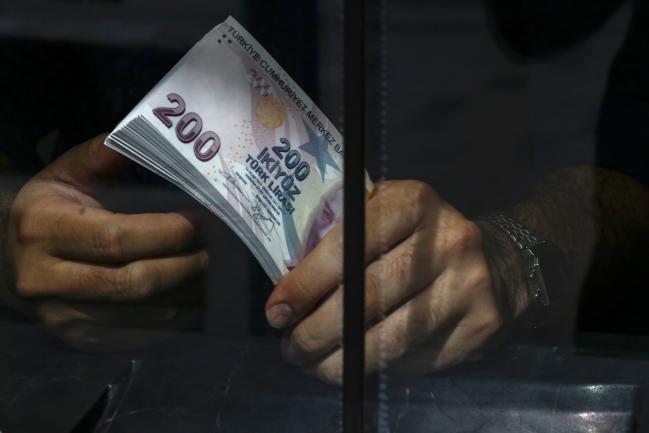(Bloomberg) -- Traders have put three emerging-market currencies on notice amid speculation a more hawkish tone from the Federal Reserve alongside a widely anticipated rate increase Wednesday could propel the dollar higher.
Signals from currency derivatives and credit-default swaps show that while stress is building up across many developing nations, the South African rand, Brazilian real and Turkish lira are the most vulnerable.
Further currency depreciation across emerging markets would exacerbate strains on central banks facing a trader onslaught against countries with widening current-account deficits, accelerating inflation and rising political risk.
The MSCI emerging market currency index is on course for a third successive monthly decline for the first time since January 2016.
Risk Reversals
Risk reversals show that, of the 24 most-traded emerging-market currencies, the rand is least loved by options traders, followed closely by the lira.
Implied Carry
The expected interest-rate arbitrage over the next month is falling for many currencies as higher U.S. interest rates narrow yield premiums. That’s not all. Surging volatility is narrowing returns when the carry trade is adjusted for currency swings. While that’s led to the deepest reduction in carry potential this month for Colombia’s peso, the lira, rand and real are next.
Debt Risk
Five-year credit default swaps show debt risk is rising fastest in Brazil, though the deterioration in South Africa is almost as stark. The rising cost of insuring government debt may mean more pressure on currencies.
None of this implies a Fed rate increase will automatically trigger losses. The MSCI gauge for emerging-market currencies has already lost 3.6 percent since its peak in early April. That might suggest to some traders that the Fed’s stance is already factored into prices, and in the absence any surprises, the currencies will hold their own.
